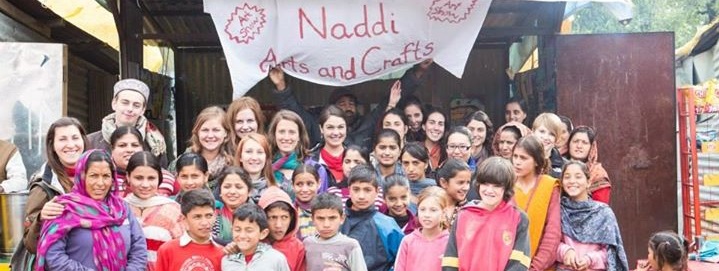Concentration Factor
Renewable Energy
After completing my master’s degree in
mechanical engineering in the UK, I came to intern at Naddi as part of
the EduCARE team. I planned to only spend a month and a half interning, so I
came with preconceived ideas of what I wanted to build and the components
required. Hence, I set forth on designing a micro scale concentrator
photovoltaic system (CPV), this technology generates electricity from sun light
and uses lenses and curved mirrors to focus sunlight onto a solar panel. CPV
technology has been used to improve the power output of a solar panel by 350
times, however on the budget and time constraints my aim was to double the
power output.
Within the first couple of days in Naddi, I
discovered that solar power was currently being used by the majority of the
street lights in Himachal Pradesh (HP). Every solar street light used a 40W
solar panels and 40Ah battery, this ensured the lowest possible probability of
loss of power supply and did not require to be connected to grid power. This
was important in HP, as the street lights prevented accidents, so reliable
constant lighting was key, and they were often deployed in remote locations.
However, the cost of the solar lights, limited their deployment to more highly
populated areas. I believed that a micro scale CPV system would be very
applicable to these solar street lights, as it could reduce the cost of each
light and improve its reliability.
I set about designing a CPV system, using
the components I had brought with me, including a solar panel, solar charge
controller, battery, Arduino and lenses. Surprisingly, the majority of the
solar panel components were available in HP, however I was glad that I came
prepared. The first step was to configure a solar panel set up, to test my
components. Once that was completed, I designed a solar tracker, which rotated
the solar panel to face the sun, so that lens remained focused on the solar
panel. This was the most difficult part of the project, as it required me to
design a frame for the panel to rotate about. Luxuries that I was used to, such
as 3d printers and laser cutting was unavailable. Hence, I was forced to be
more creative, I used recycled materials to design the frame including plastic
bottles and scrap wood, making the design more environmentally friendly and
cost effective. In the future of my project, I would aim to design a lens
mounting system and make the product more robust.
The freedom of the project and the self-motivation has really helped me to enjoy my time here. I have had so much fun hanging out with the other interns, my favourite experience was going paragliding with them, in the quaint mountain village of Bir. This was a once in a life time opportunity and I am glad I took it.
The freedom of the project and the self-motivation has really helped me to enjoy my time here. I have had so much fun hanging out with the other interns, my favourite experience was going paragliding with them, in the quaint mountain village of Bir. This was a once in a life time opportunity and I am glad I took it.
Jack Parker (UK)
Project Manager, Micro-scale Concentrator
Photovoltaics
Project Manager, Renewable Energy
Naddi
EduCARE India
